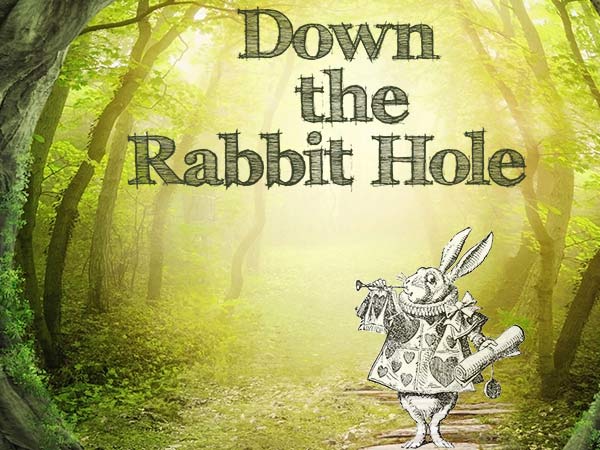You have no items in your cart. Want to get some nice things?
Go shopping
Popular culture has a long-held fascination with the world of the circus – the heady cocktail of lights, sounds and motion – and it doesn’t seem likely to loosen its grip on our imaginations any time soon. When buccaneering erstwhile cabinet maker Philip Astley conceived the modern circus in the 1740s, he could not have foreseen just how far its colourful aesthetic would permeate modern entertainment as a whole: literature, music, film, television.
In recent years, US viewers have explored the sinister side of the circus in Ryan Murphy’s American Horror Freak Show, Erin Morgenstern’s The Night Circus has leapt off bookshop shelves and a production of Barnum (the musical life story of PT Barnum, “America’s Greatest Showman” and the creator of Barnum and Bailey’s Circus) has proven such a success that it is currently touring the UK’s theatres. That’s not to mention 2005’s dark fantasy MirrorMask (an enchanting co-creation from Neil Gaiman and Dave McKean), nor the continued popularity of the renowned Cirque du Soleil.
So it’s perhaps no wonder that creative types have begun to consider the possibilities of transposing this fantastical circus atmosphere onto already-established works of art. Enter Airealism, a company made up of circus performers, with their production Down the Rabbit Hole at our favourite underground arts venue The Vaults. As you might have guessed, Lewis Carroll’s much-loved children’s books are the inspiration behind this display of acrobatic magic, in which the characters we know from Alice in Wonderland and Through the Looking Glass become merged with a circus setting, navigating the trapeze and silk ropes with consummate ease.
The more I thought about it, the more Alice in Circusland seems an obvious transition – both the books and this performance style share a surreal aesthetic and trade off exaggerated physicality and characterisation. We can probably all reel off a list of circus acts we’d expect to see when visiting the Big Top, and equally such figures as the Cheshire Cat, Mad Hatter and Queen of Hearts are instantly recognisable.
Tim Burton’s flawed but visually dazzling big-budget reimagining of the same story, which hit cinemas in 2010, also seems suffused with the circus. The film works from a bright colour palette that we might more readily associate with the world of clowns and acrobats – a frightening authority figure in red (the Queen of Hearts is certainly the ringmaster of the piece!), a madman in a striking orange clown’s fright-wig and the stripes-and-dungarees combo worn by goofy twins Tweedledum and Tweedledee. It wouldn’t be too much of a stretch to picture these latter characters tumbling out of an undersized car, and Burton also uses CGI to render his actors’ bodies more rounded and bulbous, underlining their weirdness. It’s a production design we can expect to see repeated in Burton’s upcoming sequel, and acts as a contemporary updating of the 1951 Disney version (which also had a strong circus-like colour scheme and psychedelic feel to match Carroll’s writing).
Burton and Disney aren’t the only ones who’ve played on the links between Alice and the circus: Angela Carter’s fantastical Nights at the Circus shares many of the same themes and recreates the atmosphere of Carroll’s novels, with characters even quoting from them at times; the aforementioned MirrorMask centres on an Alice-like protagonist in an alternate reality (though in this case she goes from circus to fantasy world); and Jan Švankmajer’s 1988 Alice contains giant dolls, creepy animals and contains a “glorious proliferation of magical transformations [which] works like a charm on anyone who values the imagination.”
The circus and Wonderland are united by the idea of escape – to a world at once very different and oddly familiar. The notion is reinforced by Airealism’s decision to take us on an aeroplane ride in order to reach Wonderland at the start of Down the Rabbit Hole: we journey to a strange place but know that, like Alice, we will be allowed to return to real life in the end. Alice’s trip to the circus of Wonderland is both a challenge to the senses and a comforting reassurance that she has a place even in a world that seems baffling and strange, and this feeling encapsulates the effect that the circus experience has had on audiences worldwide since its conception.

About Michael Reffold
Michael is a graduate of Lancaster University, with a Master's in European Languages and Cultures following swiftly on from a BA in English Literature and Creative Writing. He loves all aspects of theatre – both watching and performing, being a keen amateur actor. He is currently a Senior Editorial Assistant at BioMed Central and a casual duty manager for Theatres Trust.




